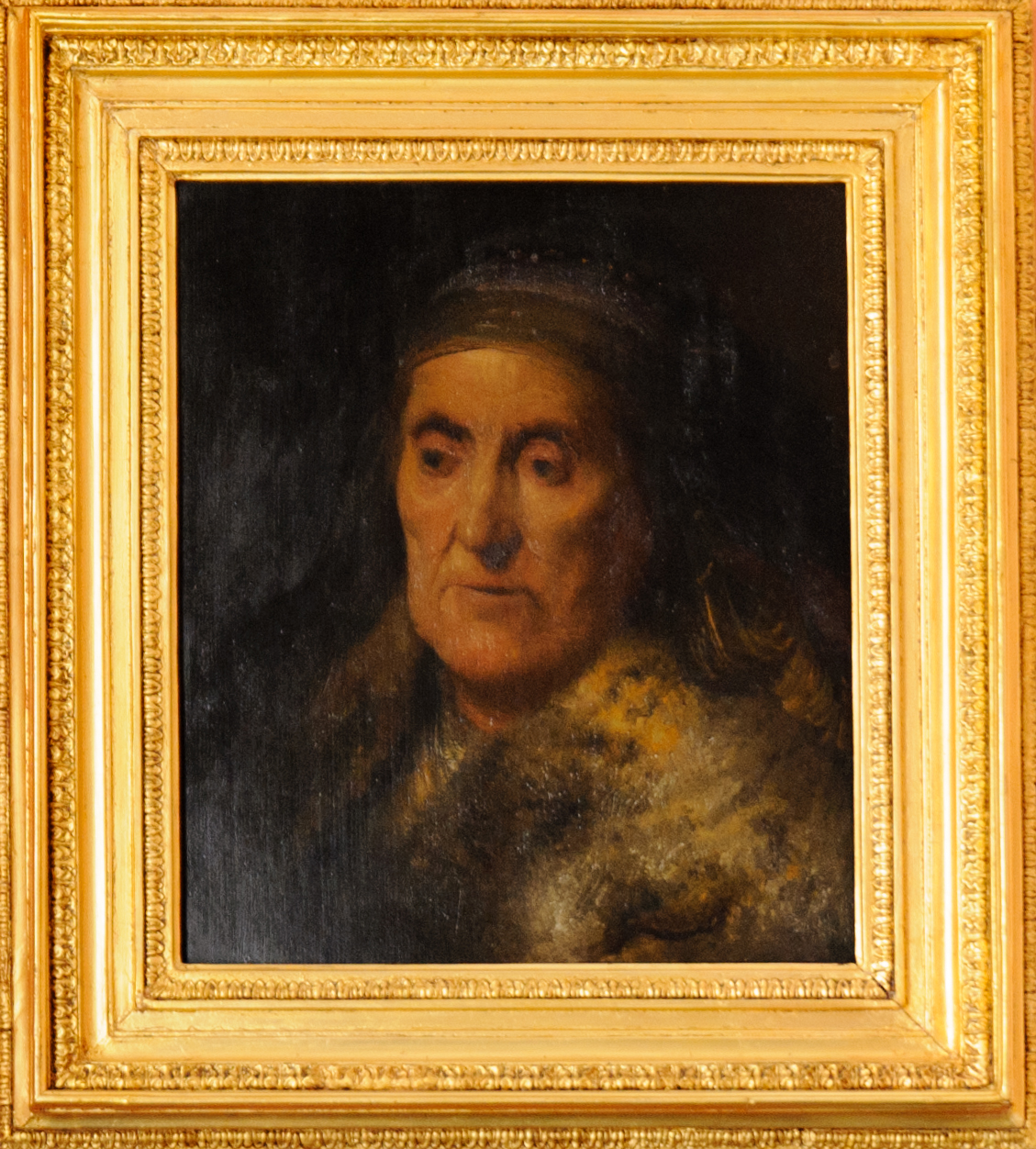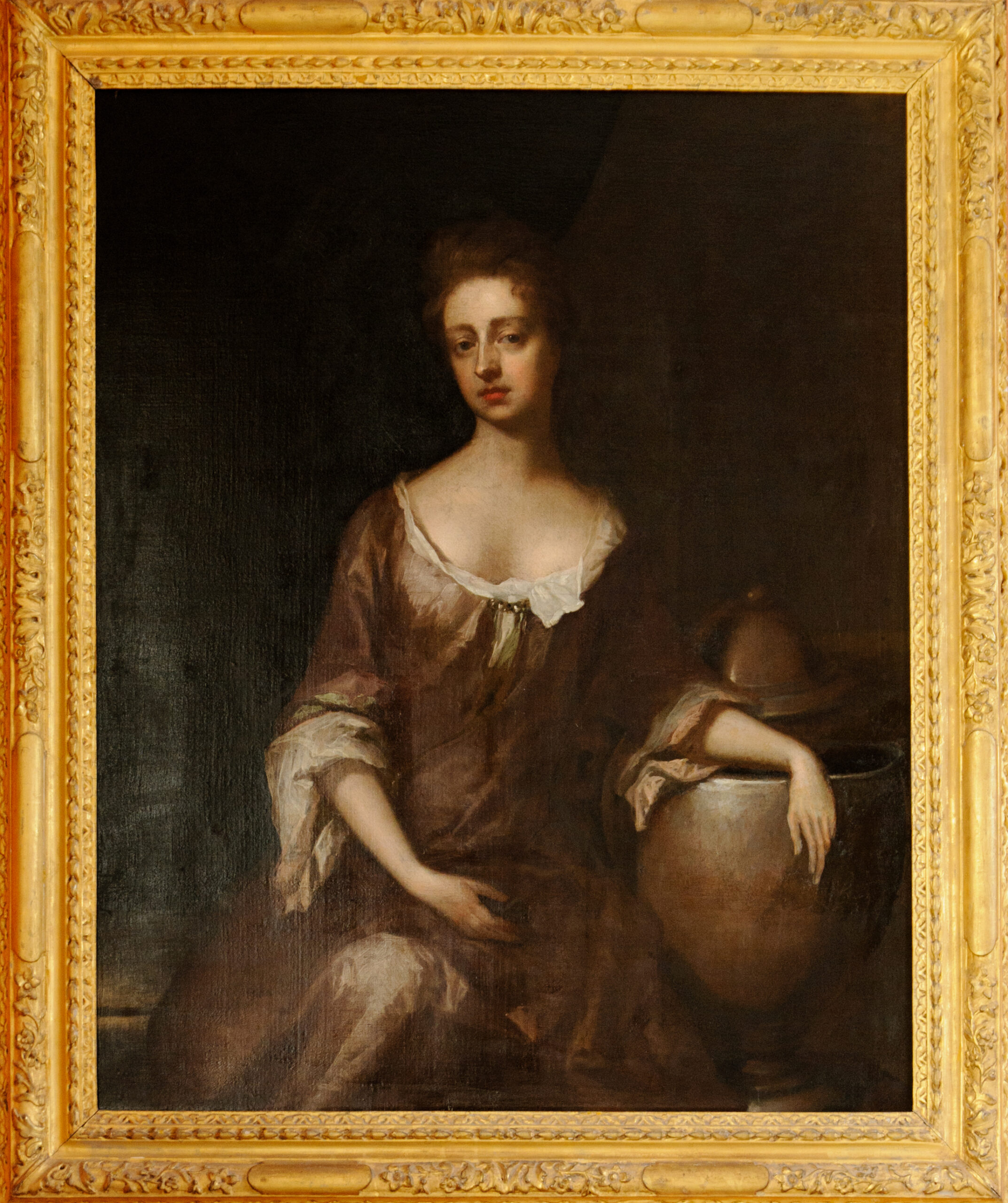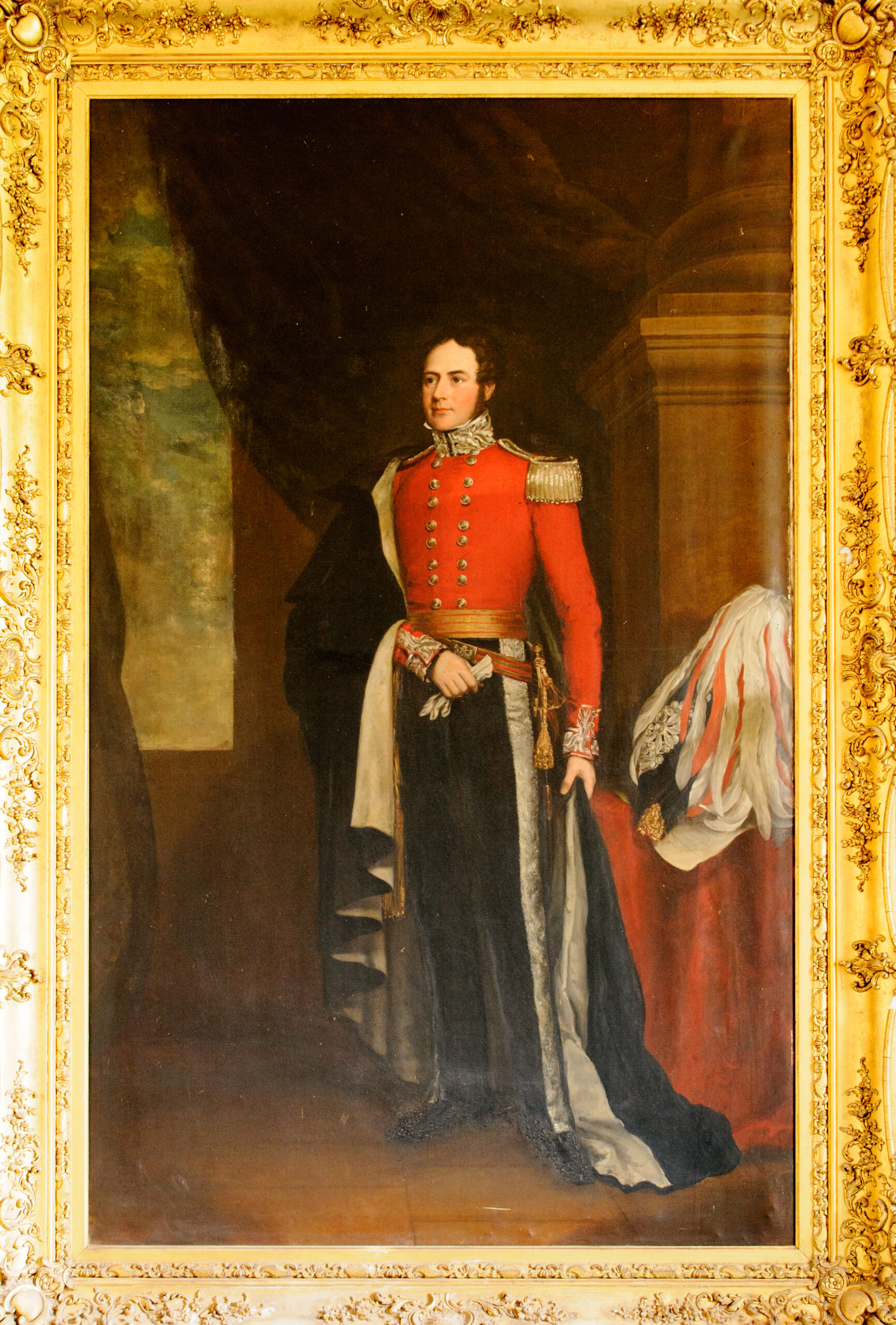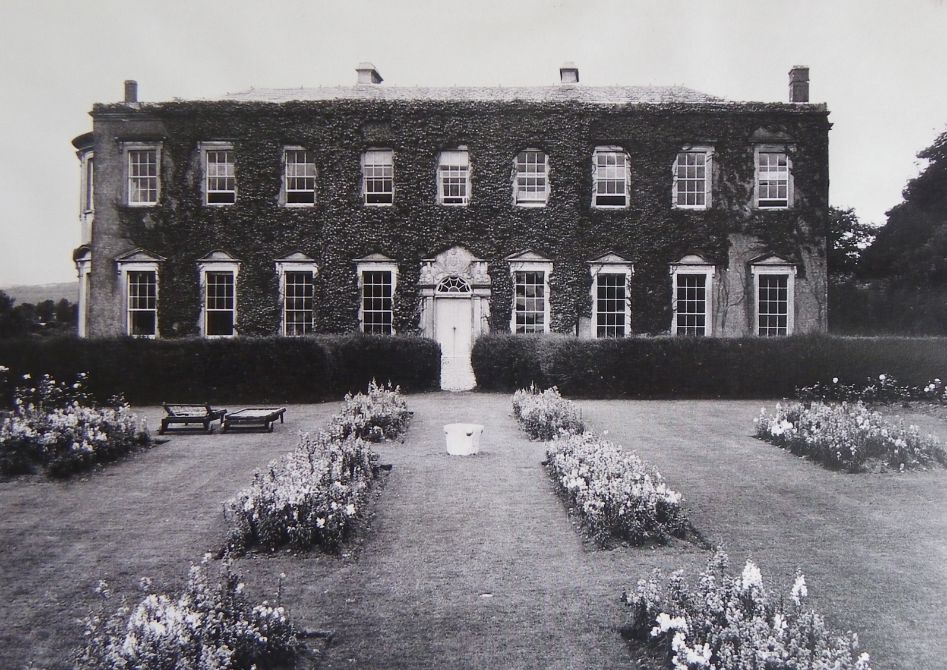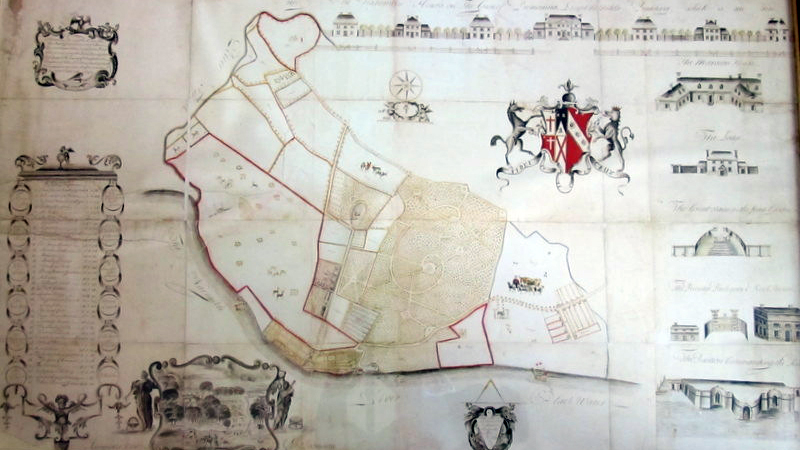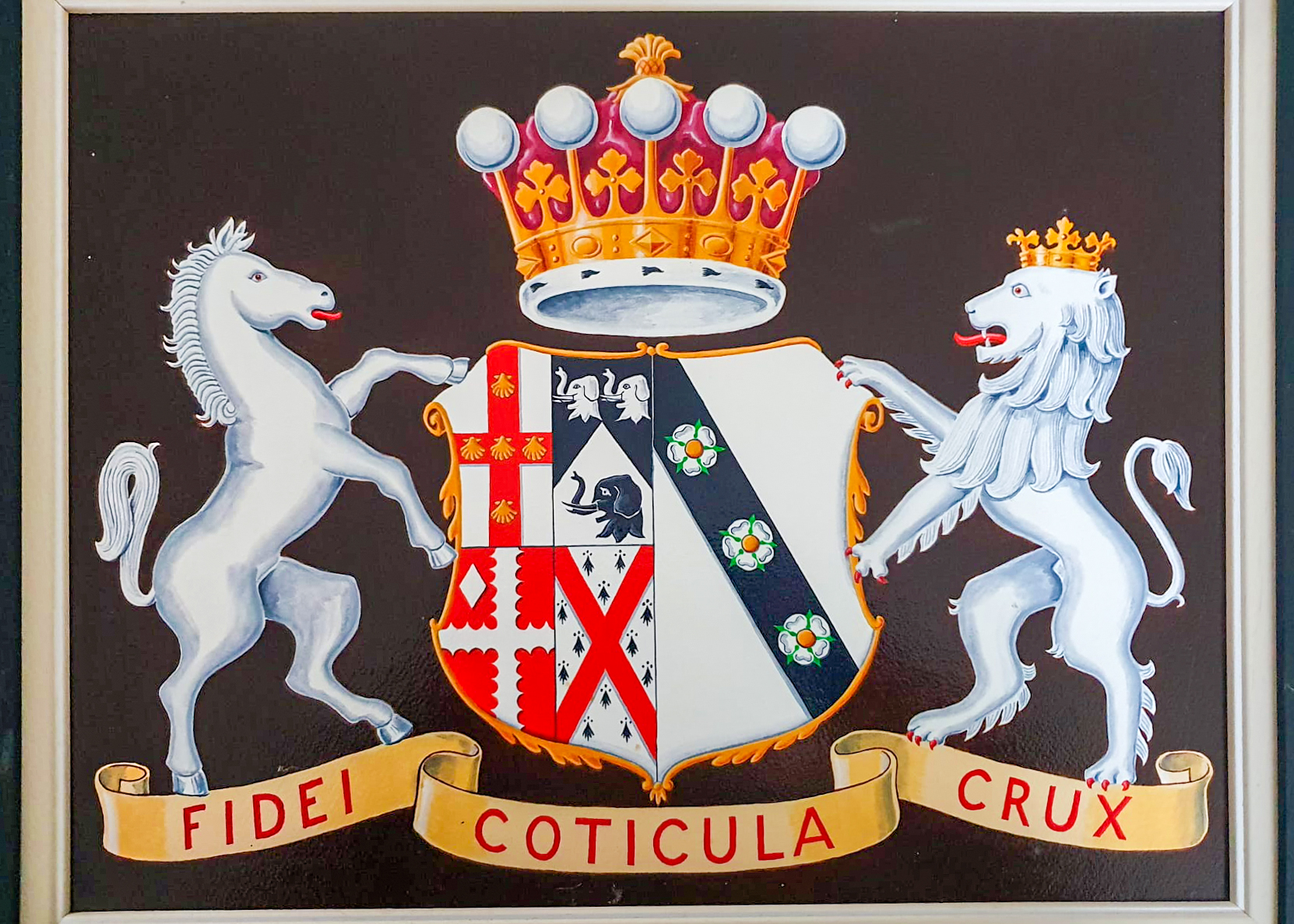The History of Dromana
Introduction
Dromana on the eastern bank of the Blackwater river below Cappoquin, is one of the great houses of County Waterford. It rises dramatically above the river and contains remnants of every age of building from the 13th century to modern times; it also provides a rare example of an Irish family that has occupied its family seat almost continuously for at least five and a half centuries.
The FitzGeralds
In 1215 King John granted the county ( but not the city) of Waterford to Thomas fitzAnthony, and the earliest remains at Dromana may date from this period.
His descendant was created Earl of Desmond in 1329.
James the 6th Earl died in 1462, leaving the territory of Decies (roughly the area between the rivers Mahon and Blackwater) to his younger son Gerald, known as Sir Gerald Mor. With him begins the separate existence of Dromana as the seat of an important junior branch of the FitzGerald family and the centre of their huge estate. Moreover, this was the great era of tower-building in Ireland, and it is probable that the tower-house that forms the core of the present mansion was erected at this time.
The Olde Countess
Catherine, daughter of Sir Gerald Mor FitzGerald, married the Earl of Desmond.
He died in 1534, leaving her as her jointure Inchiquin Castle near Killeagh.
Here she lived as a widow for many years , allegedly dying in 1604 by falling out f a cherry-tree at Dromana. She is know to history as the Old Countess of Desmond.
The battle of Affane
The Earls of Desmond continued to claim lordship over the Decies , a claim resisted by the Dromana FitzGeralds. In 1565 matters came to a head when a raiding – force led by the Earl of Desmond was confronted at the ford of Affane by the army of FitzGerald’s ally the Earl of Ormond and heavily defeated.
The Battle of Affane was the last “Private” battle to be fought in Ireland or England.
Queen Elizabeth was so furious that she had both earls imprisoned in London. However, Ormond was soon released, and the preferential treatment given to him so angered Desmond that he began to plot the rebellion which eventually destroyed the fortunes of his family and brought about the Plantation of Munster.
The child marriage
In 1673 the heiress of Dromana, Catherine FitzGerald, was married by her guardian Lord Power of Curraghmore to his son John. She was then aged 12 years and her “husband” only eight!
They were kept at the house of Lord Power’s father-in-law, Lord Anglesey.
At Easter 1676 Catherine escaped and married a cavalry officer named Edward Villiers.
The courts upheld this second marriage and Lord Power had to give back her estate.
The Georgian Period
Catherine was created Viscountess Grandison and lived at Dromana until 1725. The late 17th or early 18th century additions to the house date from this time.
Her son John Villiers ( died 1766) was created Earl Grandison. He greatly developed the demesne and built Villierstown to house a colony of linen weavers.
His grandson George Mason-Villiers, the second Earl Grandison ( died 1800), added the huge late – 18th – century wing to the main building of Dromana.
The bridge and lodge
Henry Villiers-Stuart, inherited the estate in 1809 at the age of six.
In 1826 he married an Austrian widow.
Their arrival at Dromana was celebrated by the tenants who erected a triumphal arch at the entrance to the demesne over the River Finisk.
This was later replaced by an arch and gate-lodge in Hindu-Gothic style to the design of Martin Day.
Much marketed today as a tourist attraction, it urgently demands immediate restoration and constant maintenance thereafter.
The 1826 election
Henry stood as a candidate for Waterford County at the general election of 1826 in support of Catholic Emancipation.
He was supported by Daniel O’Connell’s Catholic Association, and opposed by the sitting candidate , Lord George Beresford.
It was a long and bitter campaign but Villiers-Stuart was victorious.
His election paved the way for Daniel O’Connell’s victory in Clare two years later and the granting of Emancipation by a reluctant British parliament in 1829.
The 20th century
In the 1950’s Dromana fell on hard times. The Estate had already been sold off under the various land acts; now the demesne itself was bought by the Land Commission and the house threatened with demolition. However, it was bought back by a member of the family.
The huge late -18th century section was demolished, but the older part was retained.
The Villiers-Stuart family again live there and have gone to much trouble to restore the house and historic gardens. These are open to the public by prior arrangement.
